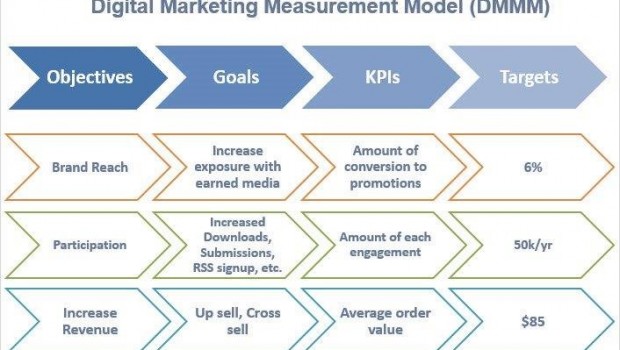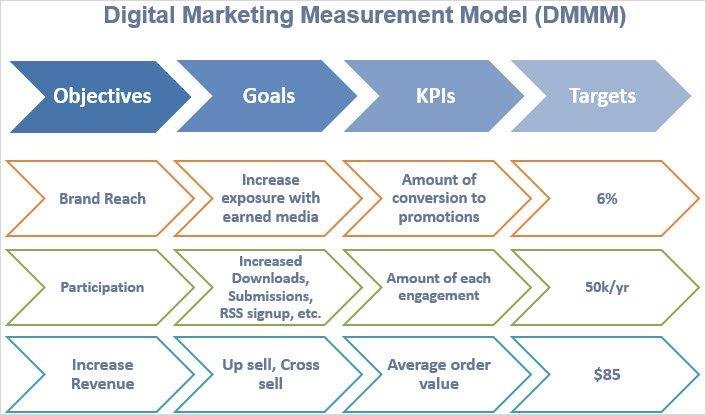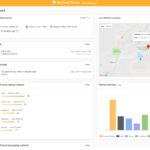Best Way To Track ROI Of Your Online Advertising Campaigns
No matter what marketing method you use, it’s always important for it to provide you with results that make your investment worth the time and effort. Most ad networks allow you to determine your cost per lead from web forms by using a tracking pixel, however leads can contact you a variety of ways, such as by phone, and too often those leads are left untracked. With online advertising campaigns it’s important to understand not just ad spends and bottom lines but also how each element of your online advertising has performed in terms of spend, leads generated, and sales, only then can you determine your campaign’s true return on investment. Measurement is part of what makes marketing and advertising what it is; making it easier to rework approaches that don’t seem to be making an impact. In many ways, the return on investment is unpredictable; dependant on a wide array of factors that determine whether or not a particular idea was worth it’s weight in conversions. Paying attention to metrics like total visits/traffic, cost per lead, lead-to-close ratio & bounce rate will help you see what it or isn’t working on your end and help you tweak and perfect your online advertising approach for the future.
Lead Tracking
Traditionally, ad platforms can track the number of leads that come from an advertisement to a landing page so you know just how many people clicked on it, read the landing page’s information and entered their contact information in order to take advantage of the service or product being offered to them. This is a very direct way of tracking your ROI, showing you exactly how many people responded initially to the display ad and landing page. If the ad is specifically designed to only collect information for later use, then this is often enough to keep you on track. Anything that involves further action, follow ups, consultations and a more involved approach to converting a customer will require to keep track of what these leads eventually become.
Attributing Sales to Lead Sources
Not only is it important to just track your leads, you need to follow them along the “chain” to ensure they become permanent, returning or subscribed customers, depending on what product or service the advertising is for. Leads are always good, but if they receive more information after filling out the contact form and later decide to pass, it doesn’t contribute to your final ROI Each lead may result in a slightly different type of customer, so having an understanding of customer value is important also.
Call Tracking
It’s possible that customers are seeing your advertisements but opting to call your available phone numbers instead of filling out a contact form. When they call a standard office number, they may or may not mention having seen your online ad; so you’ll have no way of knowing where they found you for sure unless you ask. Even then – you won’t be sure of which ad they saw if you have more than one circulating.
Coupon codes
Just like print advertising and direct mail, using coupons as a way to track ROI is also great for online advertisements. Naturally, people will want to cash in on whatever deal is being offered using a coupon code, which is great and has the added bonus of helping you keep track. By offering certain codes on particular platforms or different ones on a rotation of display ads, you can see exactly where your customers are coming from as soon as they redeem the code and make a purchase or booking.
About the author:
Dorset Hayley is working with Sempad as an Internet Marketing Consultant.
















